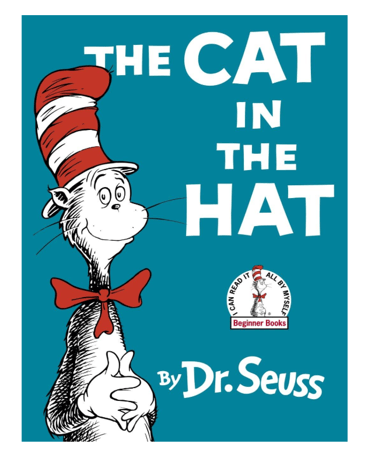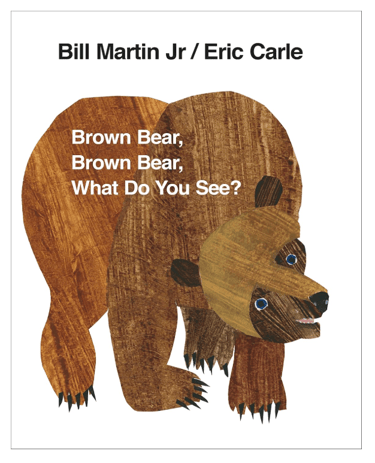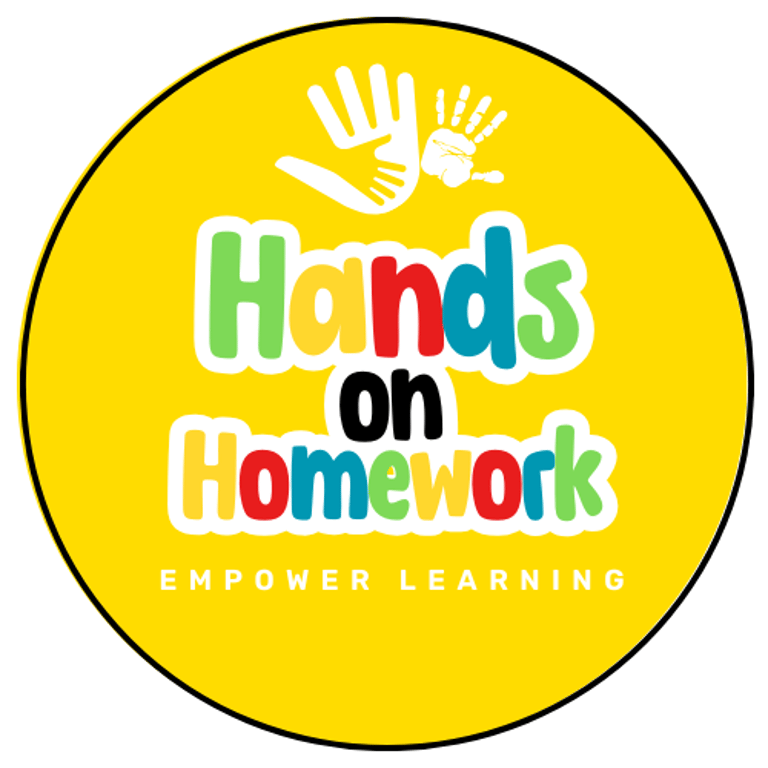Read It Again!
3 min read
Reading for Better Brain Development
"Read it again!" is what hear every time you read a story book to your kids... and the more you read, the better!
Reading books to children is one of the most impactful activities. From enhancing memory and vocabulary, to nurturing critical thinking and creativity, the benefits of reading extend far beyond the pages of a book. So, whether you’re reading a picture book before bed or diving into a chapter book during quiet time, you are helping your child build the foundation for lifelong learning and success.
Here’s some tips on how you can use books to boost development in areas like memory, vocabulary, comprehension, attention skills, critical thinking, imagination, and fluency.
1. Memory
When you read books to children, you help them practice remembering details. Whether it’s the names of characters, events in the plot, or specific phrases from the story, children are constantly engaging with the material on a memory-building level. By asking questions like, “What happened next?” or “Can you remember what the character did?” you help strengthen their ability to recall information and improve retention.
Tip:
To reinforce memory, read the same book multiple times. Children often remember stories better when they hear them again and again, which can also help improve their understanding of plot structure.
2. Phonemic Awareness and Vocabulary
Rhyming books and repetitive books such as "Brown Bear, Brown Bear what do you see" and "The Cat in the Hat" are not just fun for kids to listen to, it's also a great way to strengthen your child's phonemic awareness skills and fluency. Children love chanting along once they have heard these books a few times and are familiar with the rhythm of the words.
Reading aloud also exposes children to new words in context, making it an excellent way to expand their vocabulary. As you read, take the time to explain words that might be unfamiliar, using simple definitions or showing pictures. Encourage children to use new words in sentences or conversations to reinforce their understanding.
Tip:
After reading a book, discuss the new words and challenge your child to use them throughout the day in different contexts. The more they encounter and use new vocabulary, the more likely they are to retain it.
3. Comprehension
When you read books to children, you are not only sharing stories but also encouraging them to think critically about what they’ve heard. Ask questions to assess understanding: “Why do you think the character did that?” or “What do you think will happen next?” These questions help children focus on key plot points, understand motivations, and engage with the material on a deeper level.
Tip:
Ask open-ended questions that require more than a simple yes or no answer. This encourages children to think critically and articulate their thoughts more clearly.
4. Attention Skills
Reading books requires focus and attention, which is an essential skill for all areas of learning. Listening to a story helps children practice maintaining concentration for extended periods, especially if the book is a bit longer or more complex. Encouraging your child to follow the story without distractions helps them build better attention skills.
Tip:
Start with shorter books for younger children, and gradually increase the length of the books as their attention span grows. For older children, reading together can help them stay engaged and focused on the content.
5. Critical Thinking
Good stories often contain complex characters, conflicts, and resolutions that stimulate a child’s ability to think critically. As children get older, books can introduce them to different perspectives, moral dilemmas, and cause-and-effect relationships. Discussing these elements helps children develop problem-solving skills and the ability to think beyond the surface level.
Tip:
After finishing a story, engage your child in discussions about the book's themes. Ask questions like, “What would you have done if you were in that character's shoes?” or “Why do you think the character made that decision?”
6. Imagination
Reading books to children stimulates their imagination. Whether they’re imagining a fantastical world, a heroic adventure, or the emotions of a character, books open up new worlds of possibility. Imagination is key to creativity and problem-solving, and reading provides endless opportunities for children to explore their creative potential.
Tip:
Encourage your child to imagine alternative endings or make up their own stories inspired by the books they read. You can even create a fun activity where they illustrate their imagined story.
7. Fluency
Fluency refers to the ability to read smoothly and with expression. Although fluency is often associated with older children, the groundwork is laid early on by listening to stories. Hearing you read with expression, varied pacing, and pauses helps children learn how to read with rhythm and emotion. It also helps them understand sentence structure and the natural flow of language.
Tip:
Be dramatic! When reading aloud, make use of different voices for different characters, vary your tone and adjust the pace to fit the story. This makes the reading experience more dynamic and helps children understand how to read with expression themselves.
Remember, it’s not just about reading words—it’s about making it an interactive, engaging experience that nurtures their growth in every way. Happy reading!






https://amzn.to/4m8pQjo Brown Bear book
https://amzn.to/3J1Uk7Z The Cat in the Hat book
